In the year since the start of the pandemic shutdown countless neighborhood food pantries have closed due to safety reasons and hundreds more shifted their distribution models or expanded grocery delivery to continue serving the community.
Take St. Paul Tabernacle Baptist Church, which has operated a neighborhood pantry in the Bayview for over 28 years. Pre-pandemic the church was serving between 85 to 100 participants. When shelter-in-place went into effect, not only did the church have to stop indoor church services, with nowhere safe to host them, but they also had to close their doors for the weekly pantry.
Mother Beverly Taylor, who ran the food pantry at St. Paul Tabernacle Baptist Church, was determined to keep serving her community. “We’re still involved and running,” said Mother Beverly. “Unfortunately, with this [pandemic] we have to keep going.”
In order to do so they joined forces with the San Francisco African American Faith-Based Coalition (SFAAFBC), alongside with 20 other churches, to deliver groceries to those who are homebound.
Beverly knew finding a way to keep service going during the pandemic would help provide fresh, healthy food to those who couldn’t afford it and had nowhere else to turn.
Challenges in the Southeast
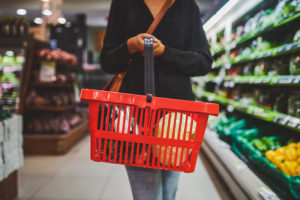
Bayview–Hunters Point is a neighborhood with more convenience stores than grocery stores. In fact, there’s only currently one large-scale grocery store located on Williams Avenue–that is one grocery store for an 8.6 square mile neighborhood that is home to 106,731 people.
At the same time, 37 percent of Bayview-Hunters Point residents, many of whom are Black/African American descent, live on less than 200 percent under the federal poverty level while 19 percent are at or below the federal poverty level. Over 40 percent of infants and youth live with families who earn below or at the federal poverty level.
As Beverly explained, before their pantry opened there wasn’t a place anywhere for those in need of food assistance to turn to. “We saw that a lot of people really need the food but didn’t know where to go get it,” she said. “There wasn’t enough being distributed, so that’s how we got involved.”
This problem is not unique to San Francisco and Bayview-Hunters Point. The USDA estimates 39 million people live in neighborhoods like Bayview-Hunters Point without adequate access to fresh, healthy food within a reasonable proximity.
“When COVID shut everything down, not only was there an already food insecure population, but residents were also further impacted due to job losses as a result of various industries having to shut down,” said Program Coordinator Claudia Wallen, who coordinates with community partners in Bayview-Hunters Point. “So, it double affected that area, I think, because the community was already so underserved.”
Call It What It Is: Food Apartheid
Areas that lack access to fresh, healthy food are often referred to as “food deserts.” However, that term fails to acknowledge that a lack of food access, and the negative health outcomes it causes, disproportionately impact BIPOC communities.
By using the term “food apartheid,” we clearly acknowledge that neighborhoods deemed food deserts are predominantly in BIPOC communities. We also acknowledge that redlining (including supermarket redlining), which is the racially discriminatory practice of denying vital services and/or avoiding investment in specific neighborhoods based on the race/ethnicity of the residents, plays a huge role in food access. As a result, 19.1 percent of Black households and 15.6 percent of Latinx households experienced food insecurity in 2019 alone. Indigenous peoples also experience the shortest lifespan from diabetes as a result of lack of access to fresh healthy food in their communities.
Food apartheids are a result of persistent structural and racial inequalities that prevent communities of color from accessing better socio-economic opportunities and essential services like access to fresh and healthy food, public transportation, public safety services, and nutrition education programs in K-12 public schools.
In our own community, we see that the Visitacion Valley, Bayview-Hunters Point, Treasure Island, and Marin City neighborhoods have the least access to food and are some of the most cut off from public transportation. Many residents in these neighborhoods would have to rely on driving a car or commuting for at least an hour to areas like downtown San Francisco. These same neighborhoods are home to some of the highest percentages of Black/African American residents: 33 percent of the Bayview-Hunters Point population, 13 percent of the Visitacion Valley population and 24 percent of the Treasure Island compared to just 5 percent of San Francisco as a whole. Marin City has the largest Black population (up to 42 percent of the city’s population) in Marin County.
Community Partners Tackle Food Apartheid
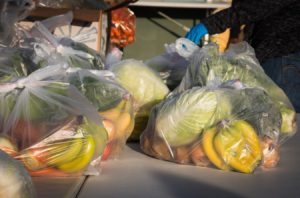 For the Food Bank, food for all means working closely with trusted community partners like St. Paul Tabernacle Baptist Church to ensure the Food Bank is supporting positive health outcomes. We also work with neighborhood partners to open new pantries in areas that both lack food access and where we can better serve communities disproportionately impacted by structural racism. In some cases, this means new types of partnerships like the one with the San Francisco African American Faith-Based Coalition (SFAAFBC) to deliver groceries to those who are unable to come out to pantries.
For the Food Bank, food for all means working closely with trusted community partners like St. Paul Tabernacle Baptist Church to ensure the Food Bank is supporting positive health outcomes. We also work with neighborhood partners to open new pantries in areas that both lack food access and where we can better serve communities disproportionately impacted by structural racism. In some cases, this means new types of partnerships like the one with the San Francisco African American Faith-Based Coalition (SFAAFBC) to deliver groceries to those who are unable to come out to pantries.
“Community organizations like SFAAFBC know the community well,” said Claudia. “Grassroots, boots on the ground organizations are more trusted by community members and seen as a friend or fellow neighbor. This is why collaborating with them like the San Francisco-Marin Food Bank is now doing is very important.”
What Food Means to the Community
During each grocery delivery, Beverly personally calls the participants to let them know ahead of time when their groceries are arriving. “They’re so thankful because many of them are disabled, and we’re out there getting food to the people that need it,” she said.
According to Claudia, the food means everything to the community. “To Bayview-Hunters Point residents, it’s important to have access to the same healthy food that other, less marginalized communities get to enjoy and often take for granted.”
As long as there is a need Beverly plans to keep delivering, and the Food Bank plans to keep supporting her efforts to improve food access in areas that experience food apartheid throughout our community.


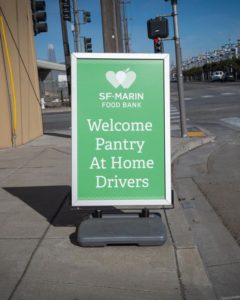 In September the Food Bank approached several regular
In September the Food Bank approached several regular 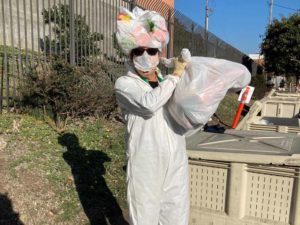 For Patricia, the greatest reward was getting to know people. “Rather than just going up to a house and you don’t ever see them again, you see the same people every week. It’s a really nice way to develop a relationship,” she said.
For Patricia, the greatest reward was getting to know people. “Rather than just going up to a house and you don’t ever see them again, you see the same people every week. It’s a really nice way to develop a relationship,” she said.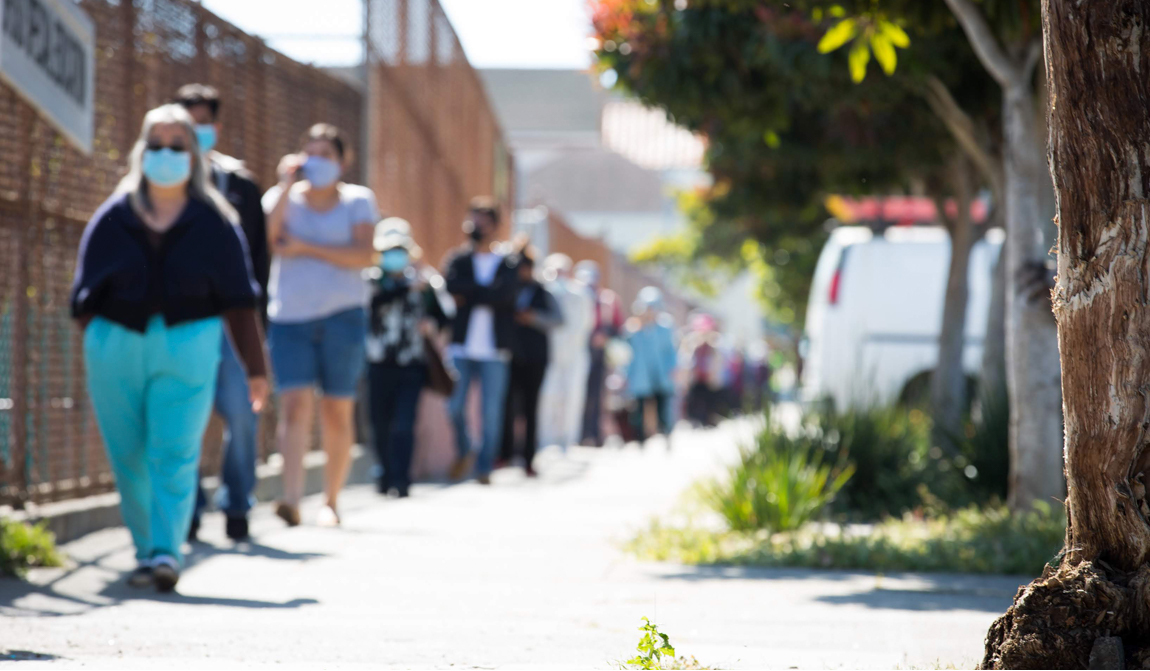
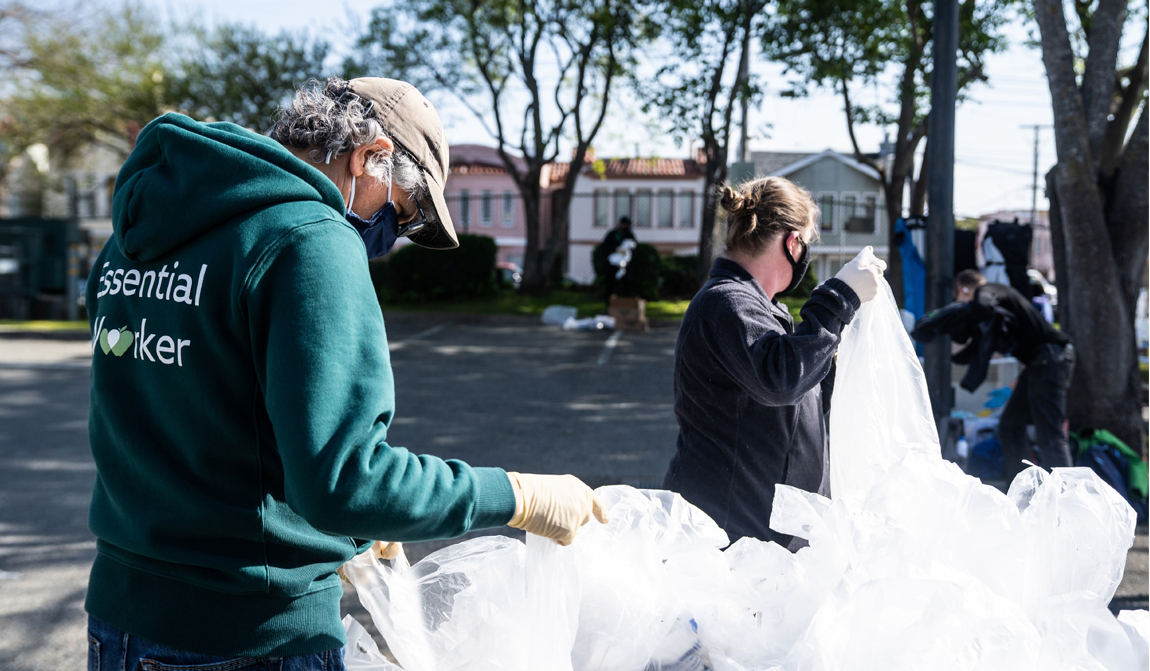
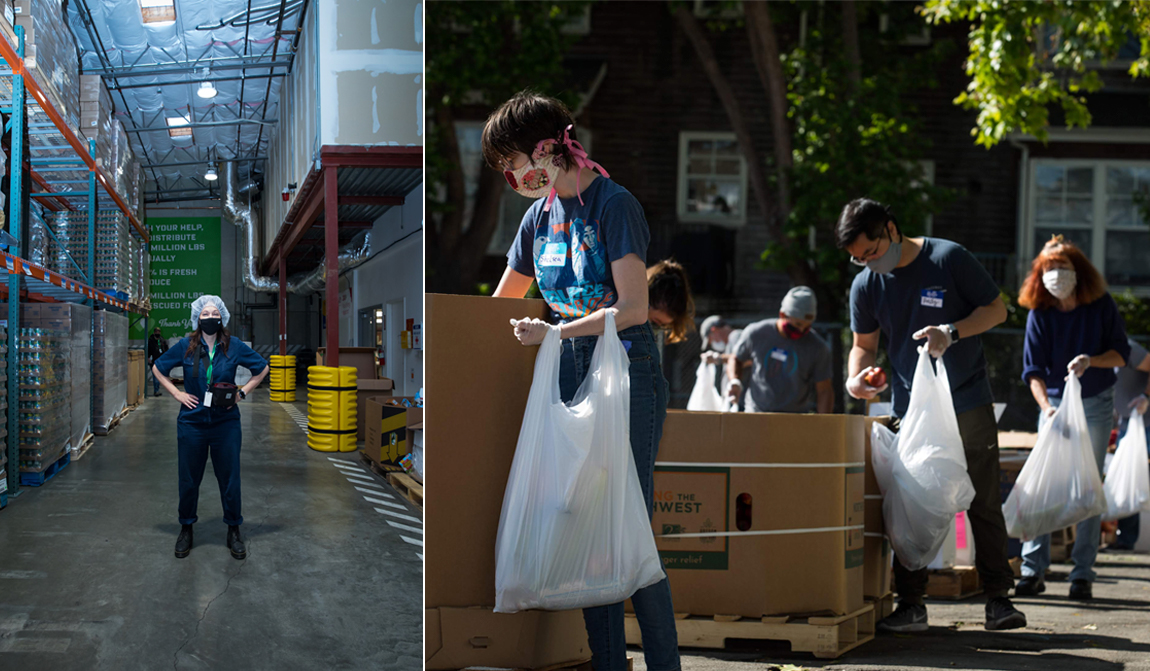
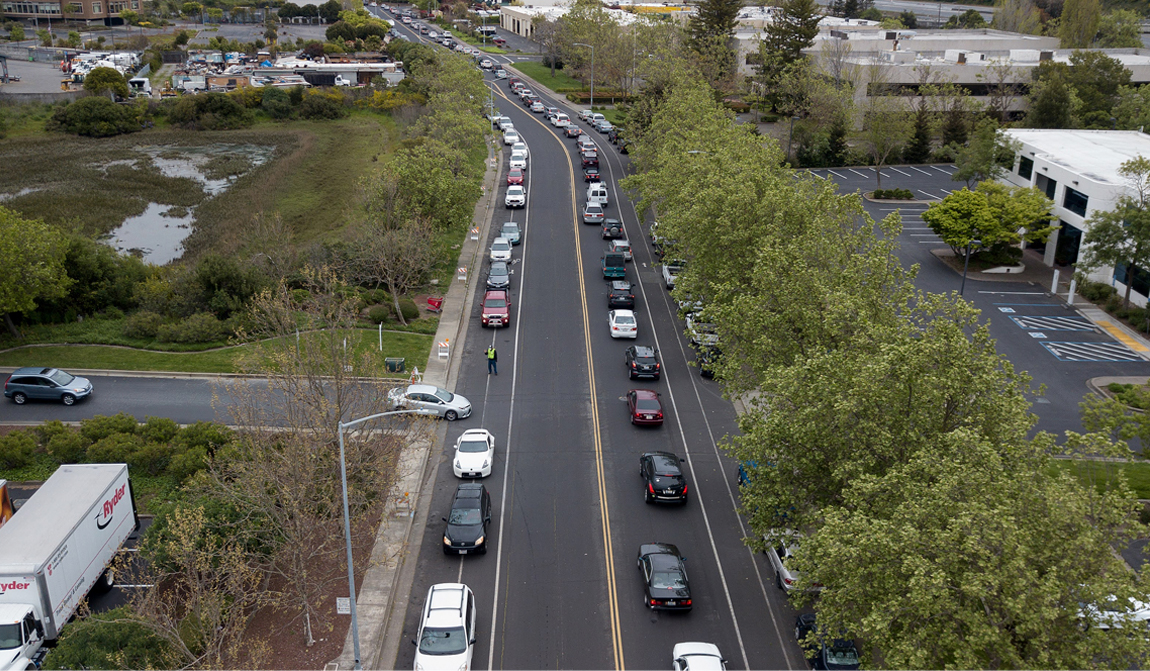
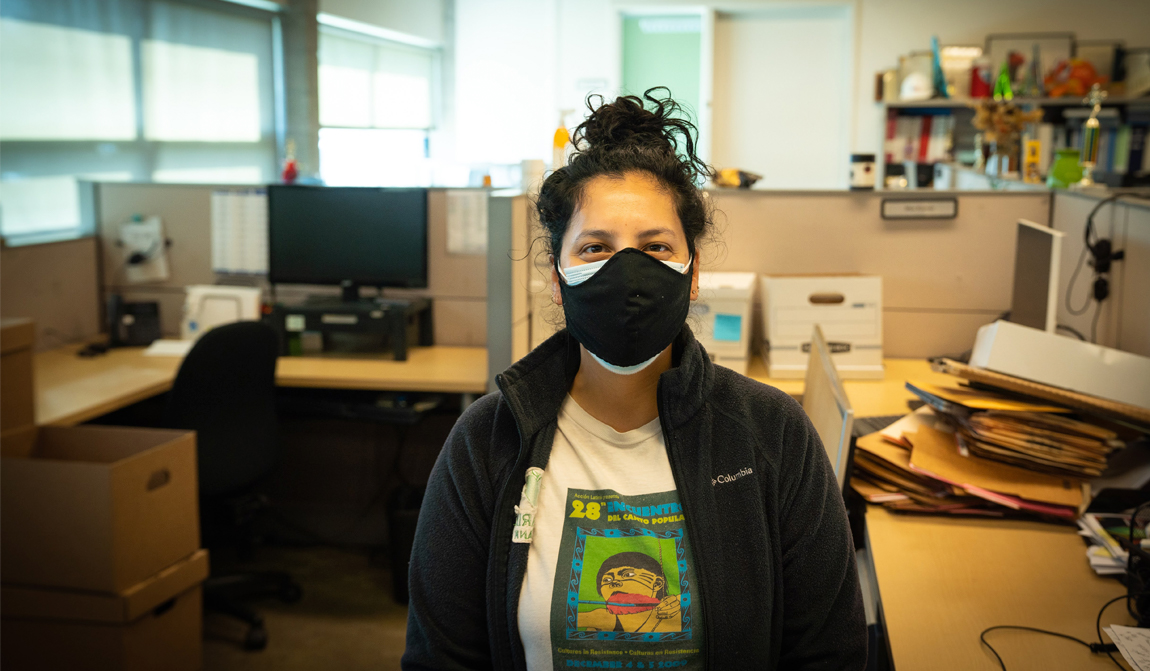
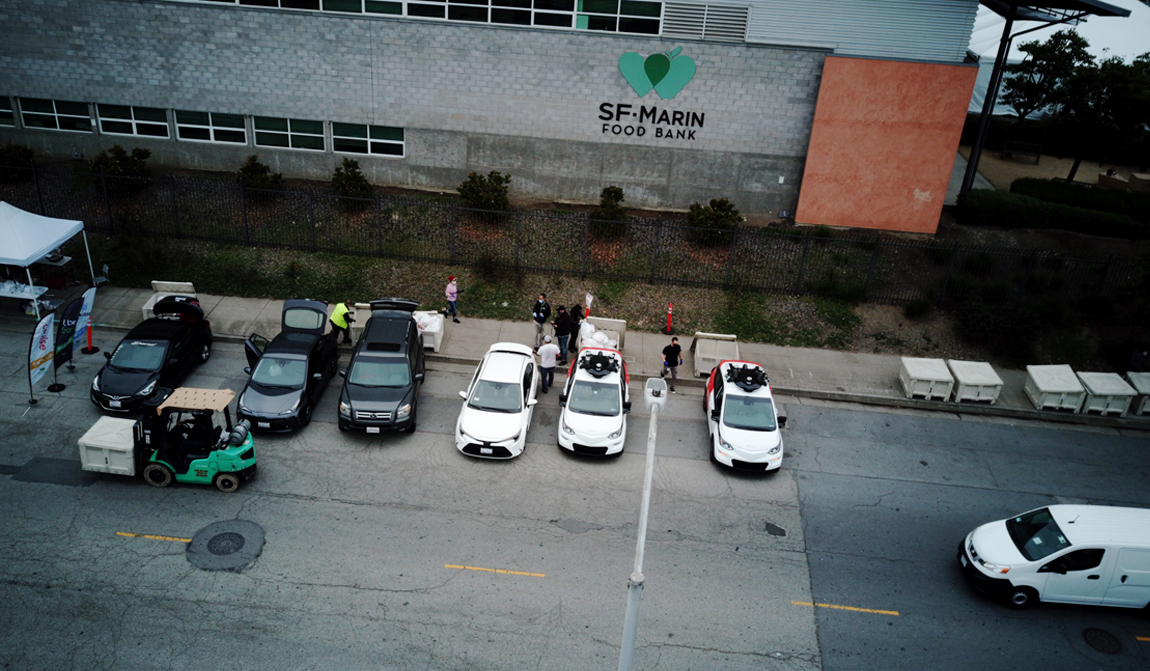
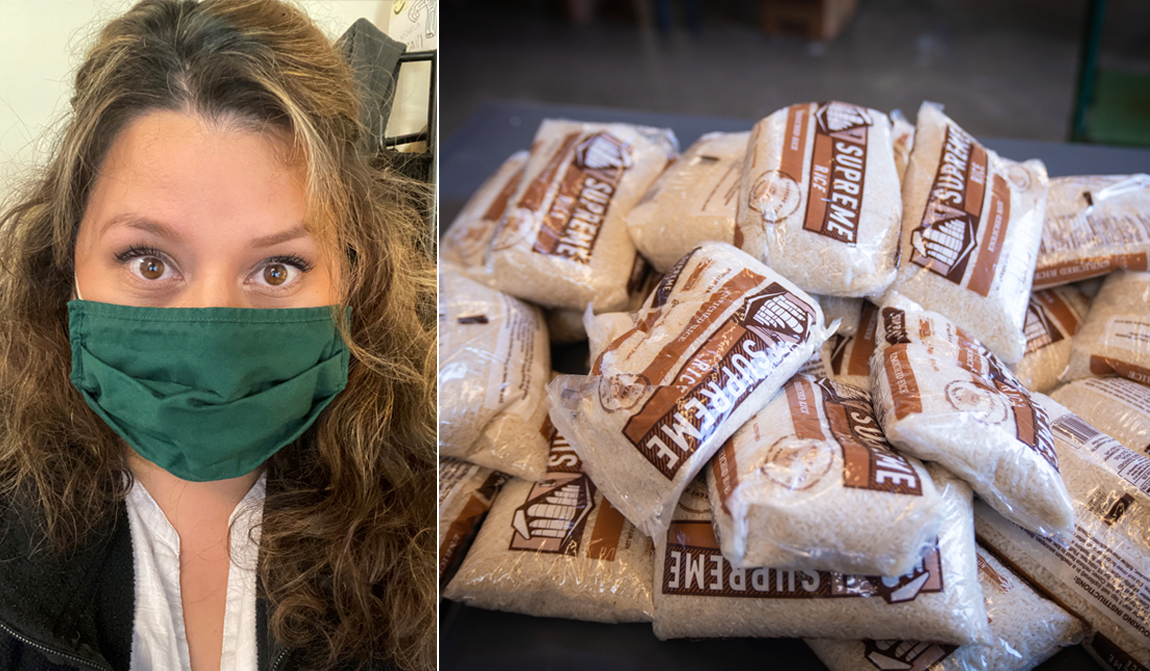
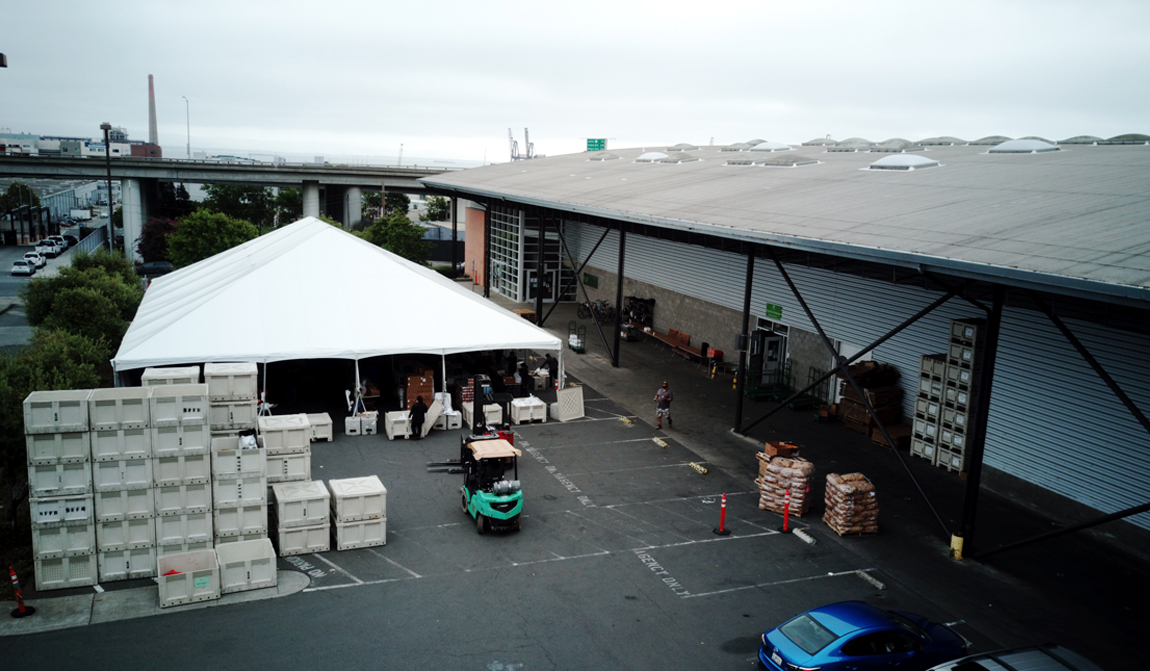
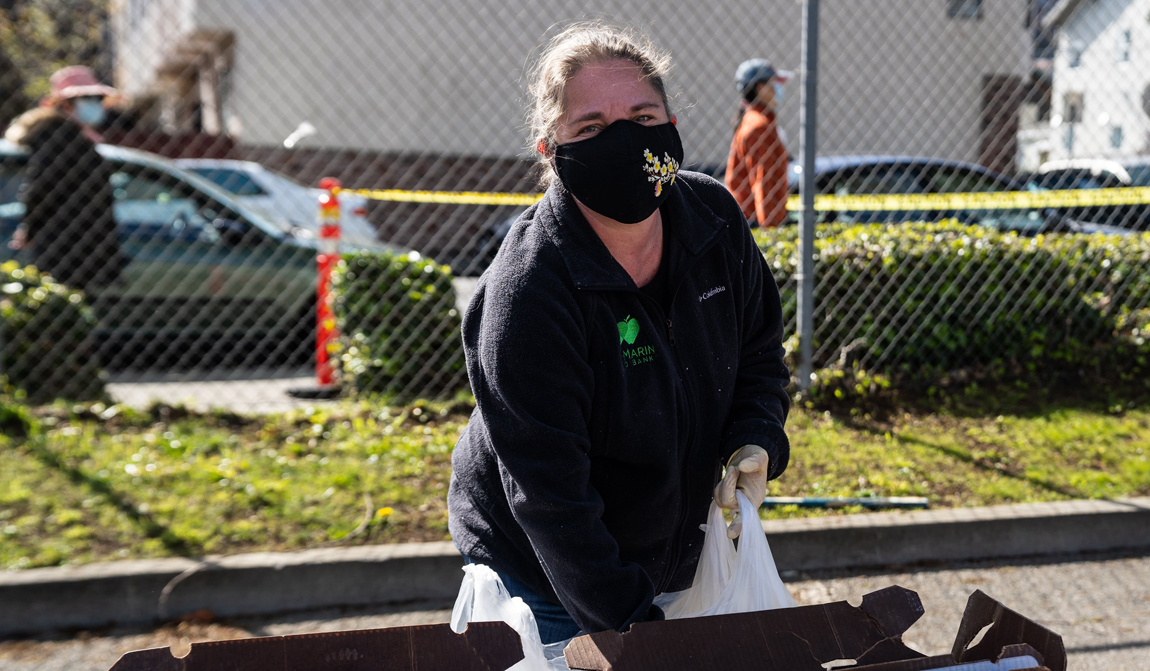
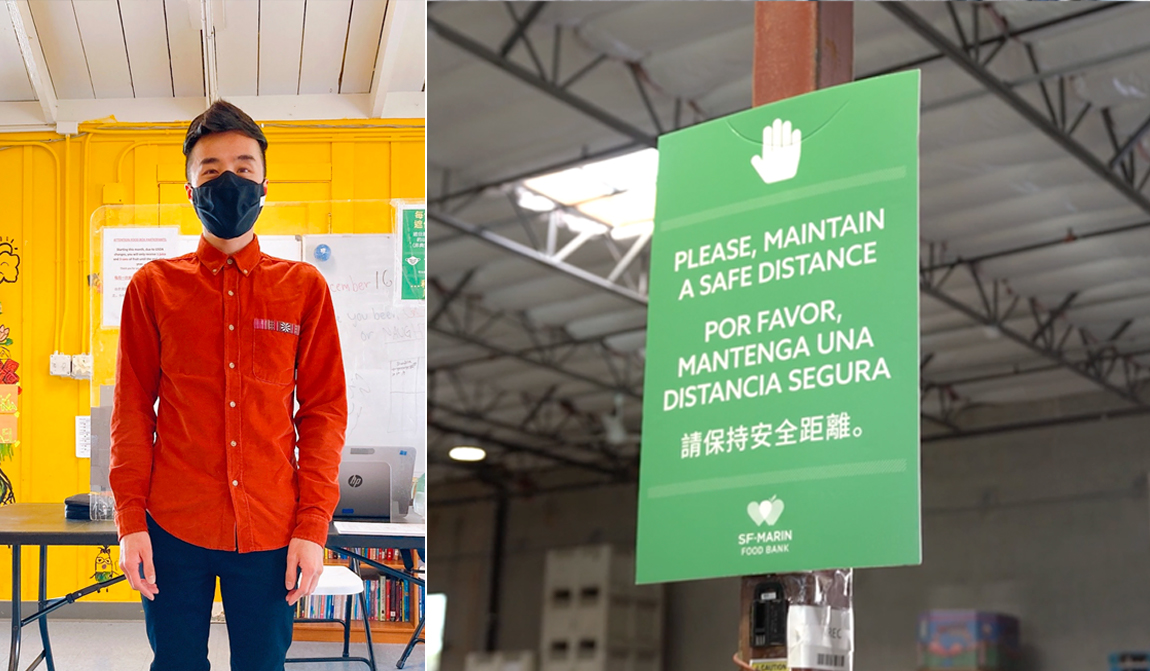
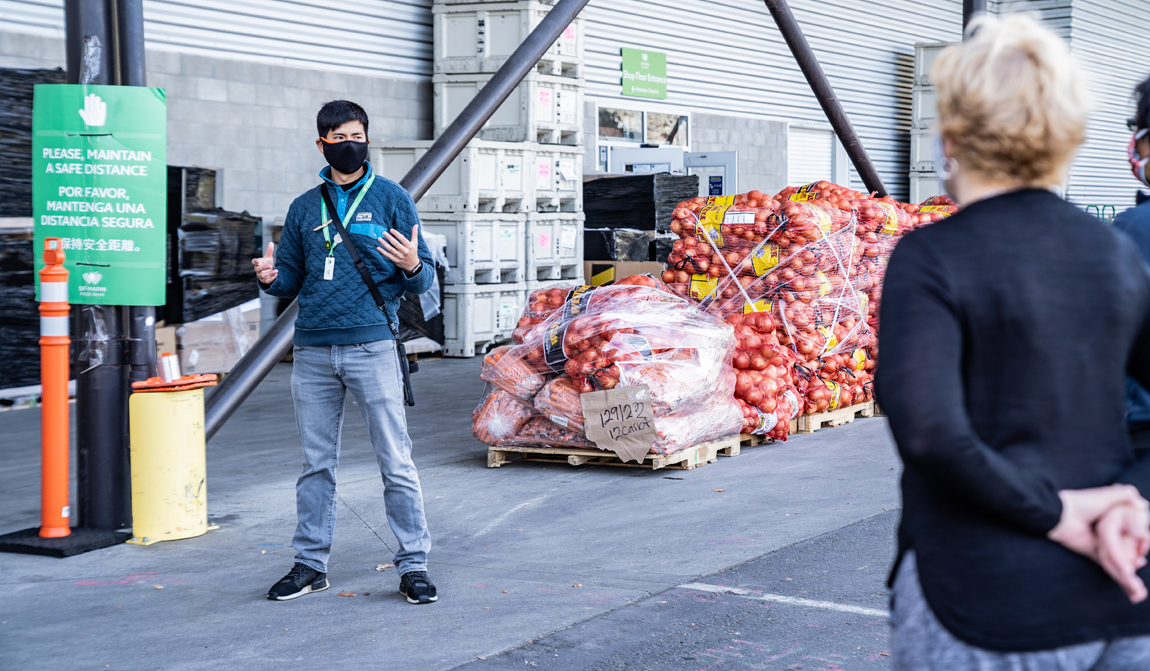
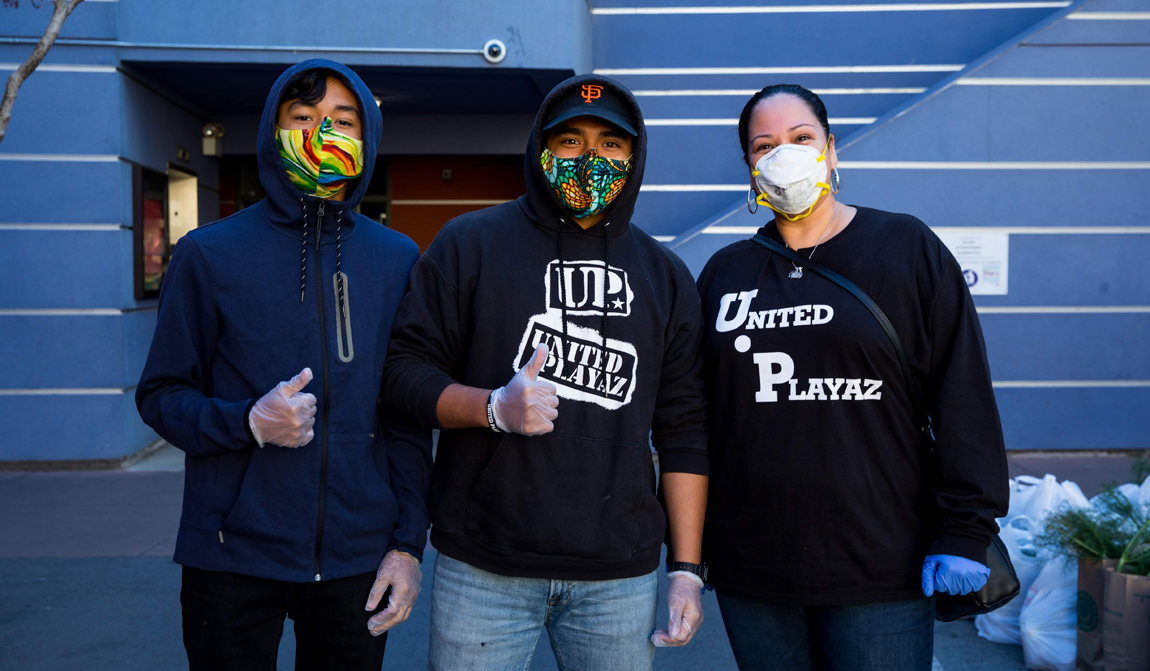
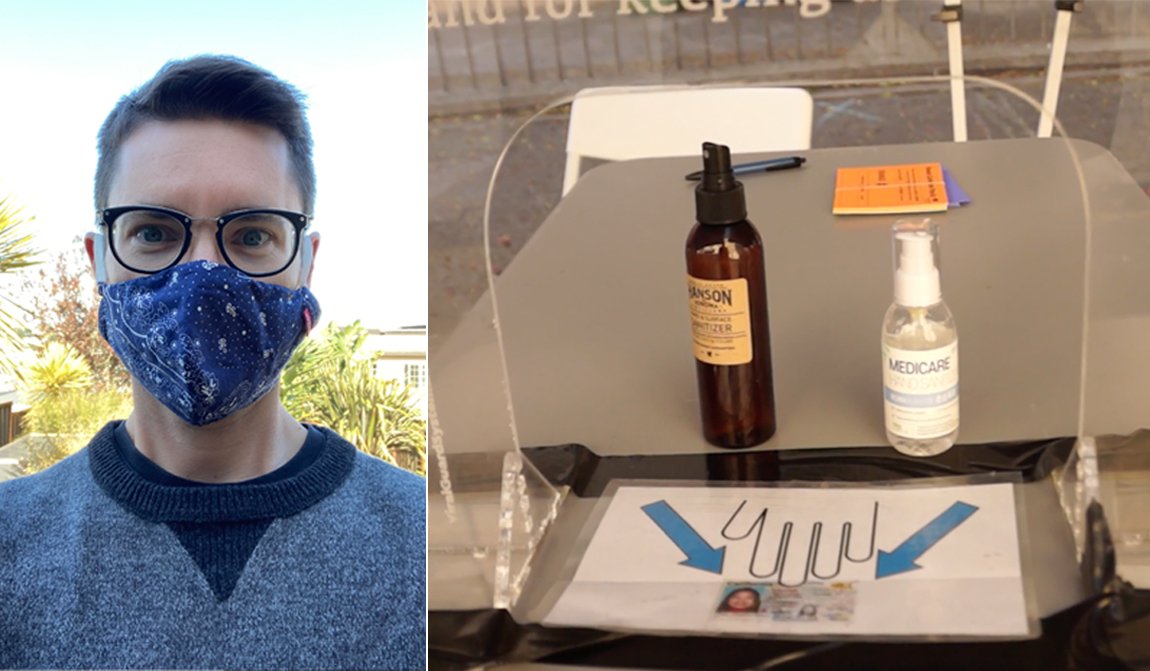
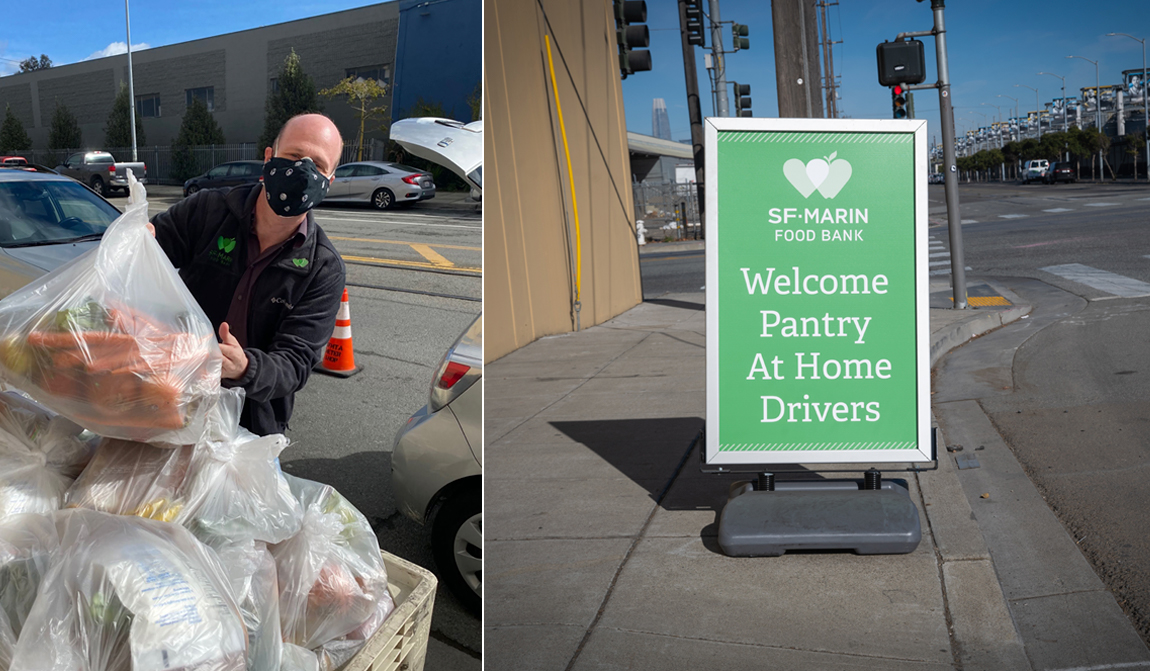
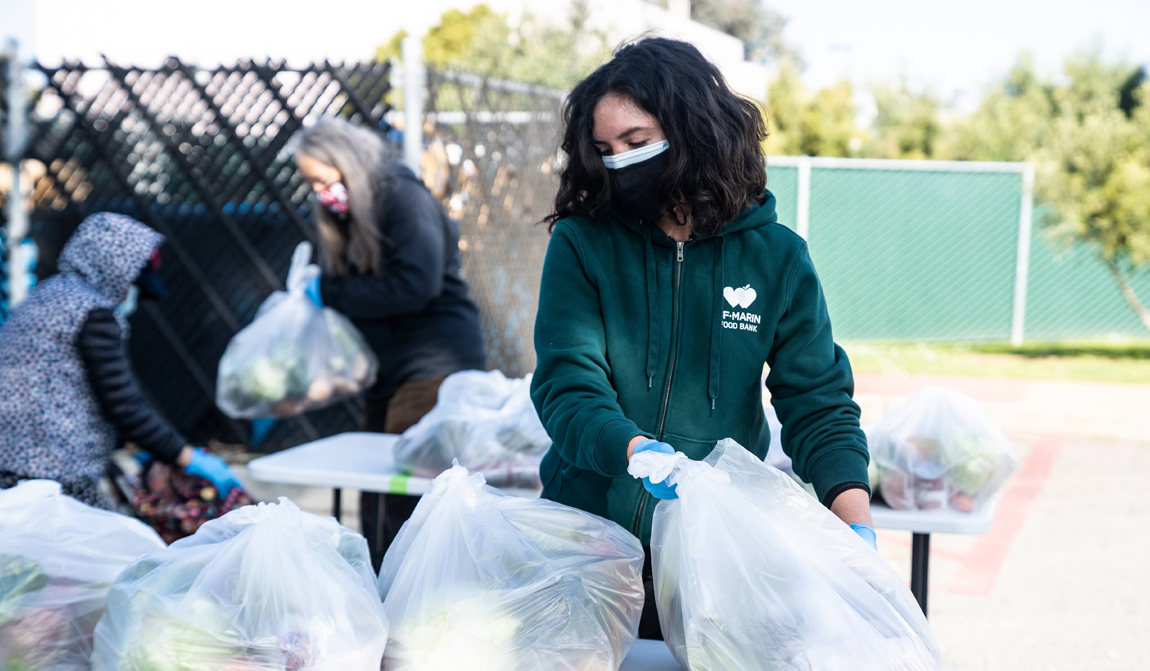
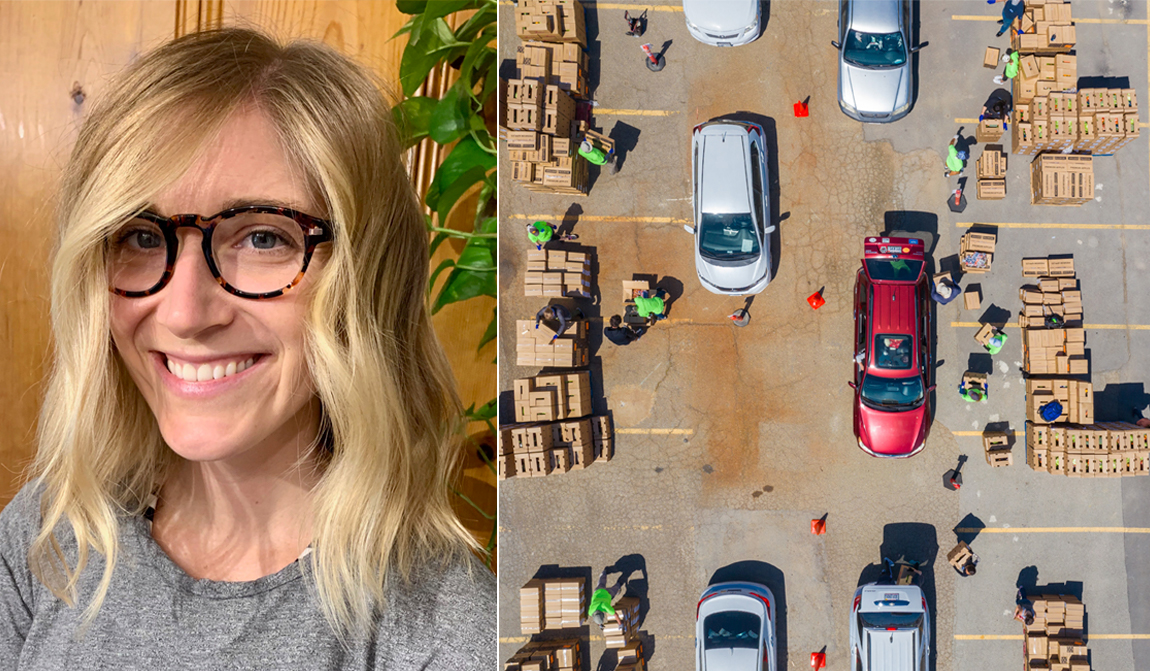
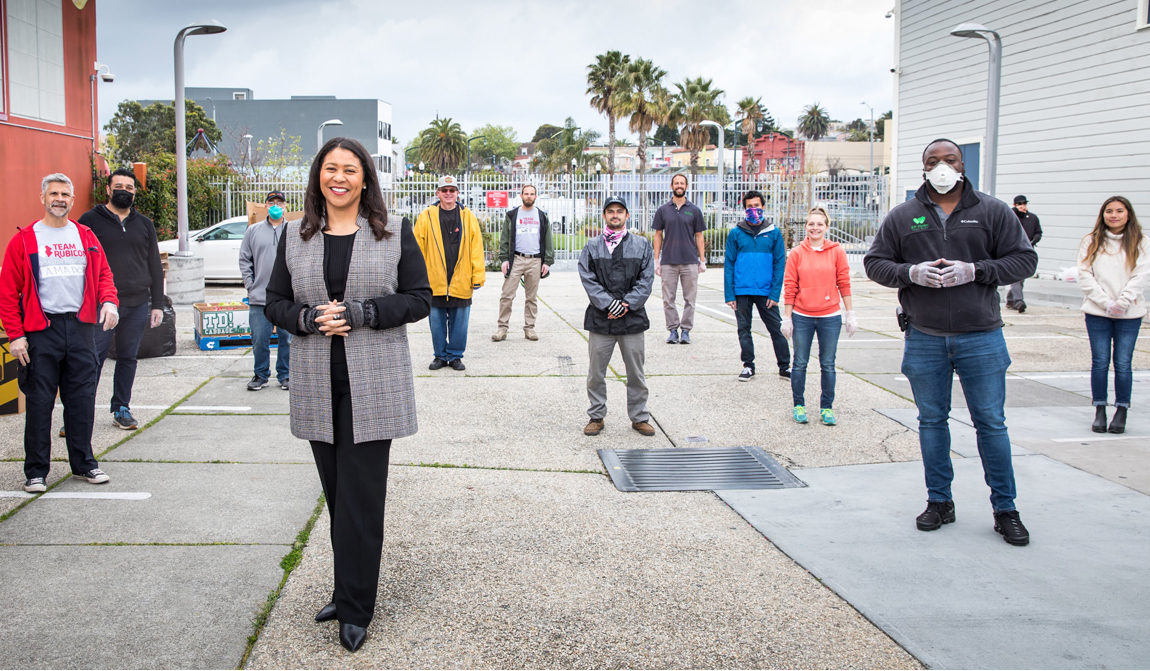
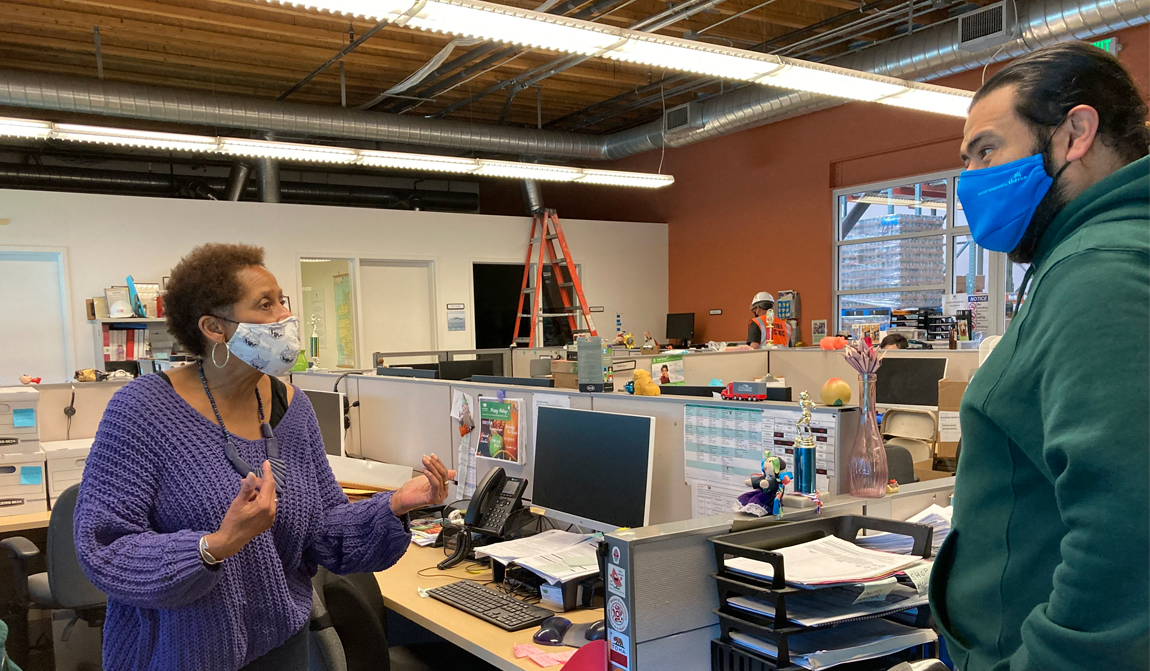
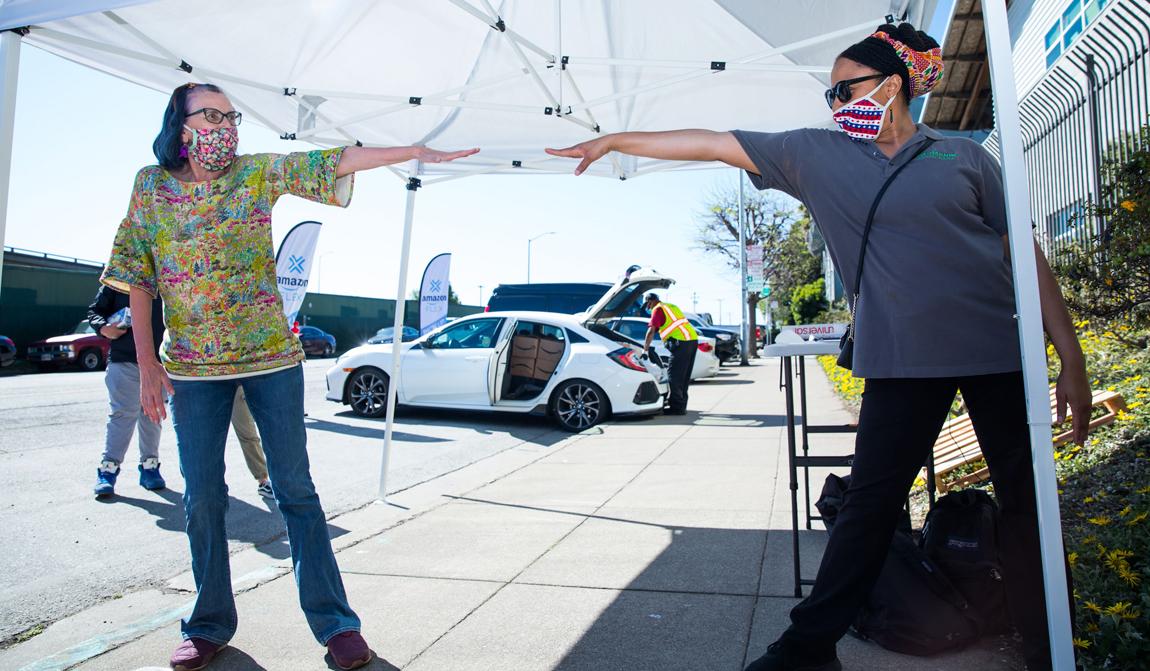
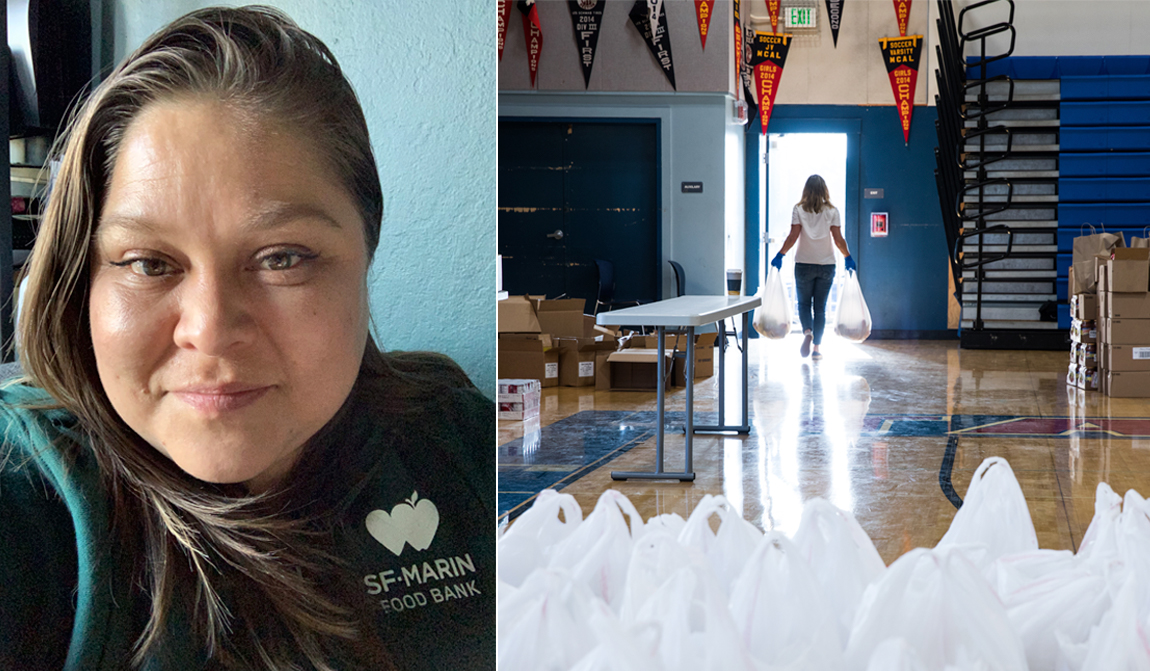
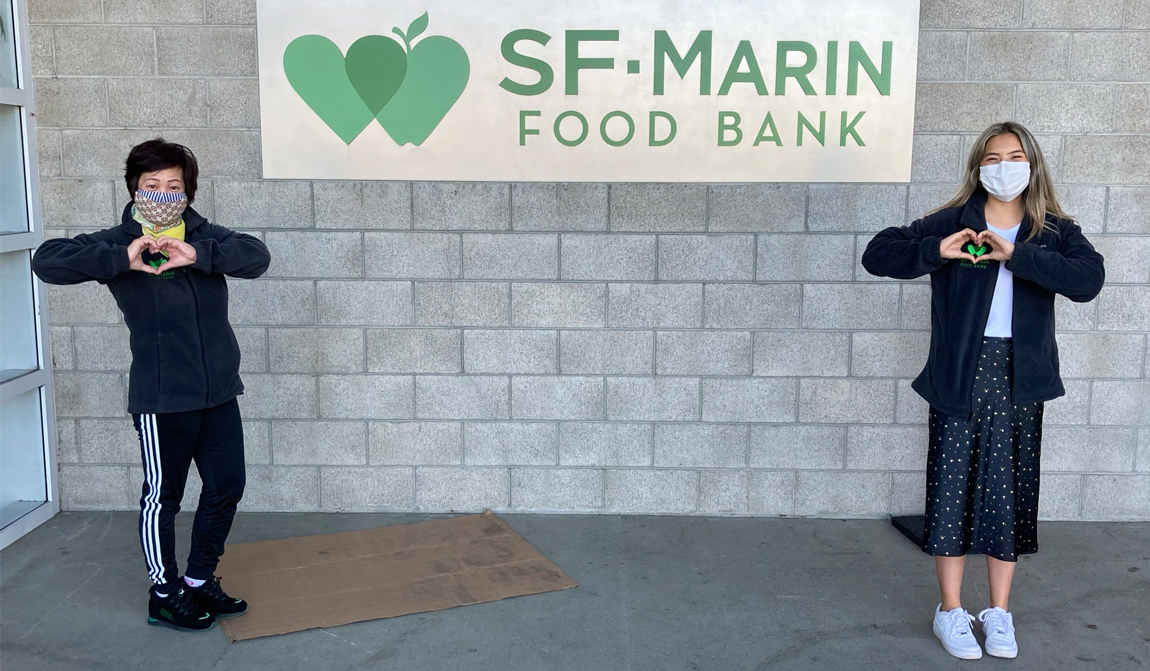
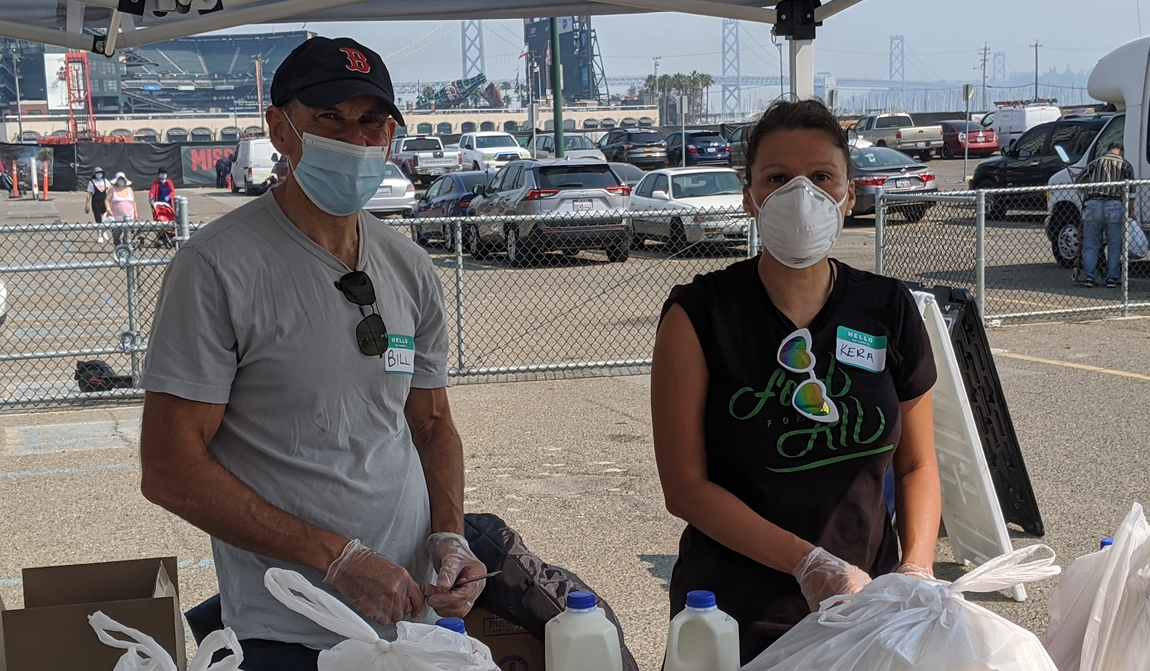
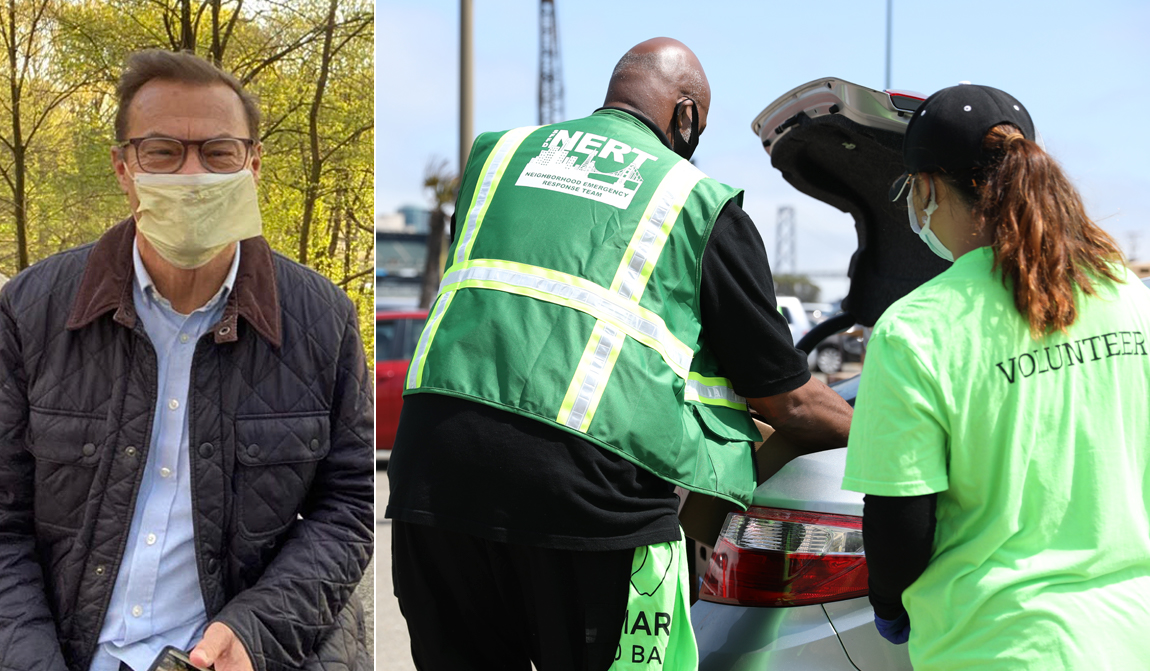
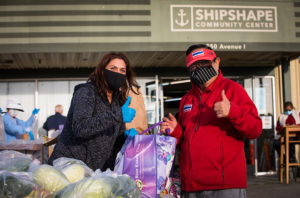 When you
When you 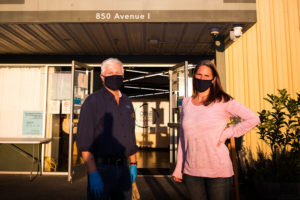 Treasure Island didn’t even have a grocery store until
Treasure Island didn’t even have a grocery store until 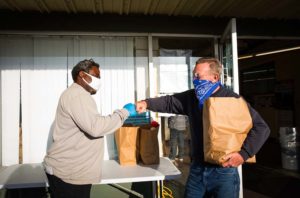 Dave, a participant for over ten years, previously worked in landscaping and was barely getting by
Dave, a participant for over ten years, previously worked in landscaping and was barely getting by
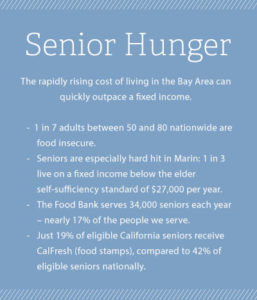 We first met Phillis (89) and Lee (81) in a line of cars waiting for groceries at the San Geronimo Valley Community Center’s
We first met Phillis (89) and Lee (81) in a line of cars waiting for groceries at the San Geronimo Valley Community Center’s 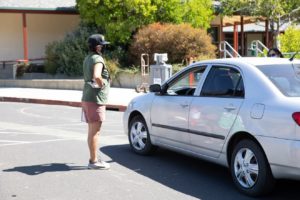
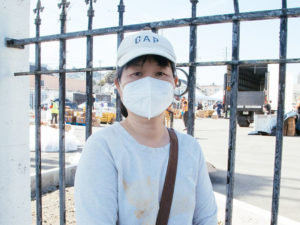 Like many,
Like many, 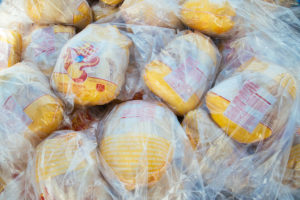 While families are finding ways to keep their traditions alive, many
While families are finding ways to keep their traditions alive, many 
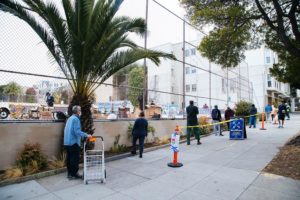 Each week, Diana and Cristina* wait patiently to get food at our Mission High School Pop-up Pantry.
Each week, Diana and Cristina* wait patiently to get food at our Mission High School Pop-up Pantry.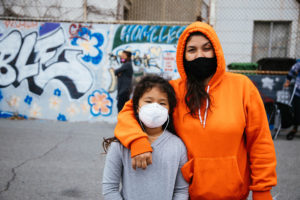 Prior to COVID, immigrant families were already impacted by the changes to the long-standing
Prior to COVID, immigrant families were already impacted by the changes to the long-standing 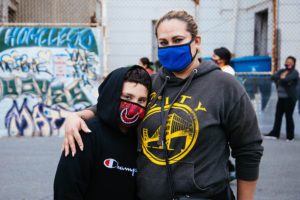 As single mothers and Spanish speakers, both Diana and Cristina found it challenging to find ways to educate their children while schools were closed. Although their children can speak English, the language barrier made it even more challenging for homeschooling.
As single mothers and Spanish speakers, both Diana and Cristina found it challenging to find ways to educate their children while schools were closed. Although their children can speak English, the language barrier made it even more challenging for homeschooling.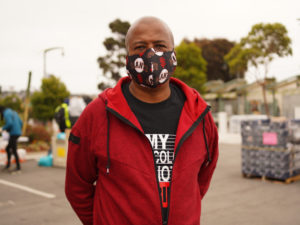 “Although our church can’t fellowship in person and the doors for the church are closed, we like to say that the church is still open and we’re still doing the work,” explained Minister Damonn White, who spends his Thursdays at the Pop-up Pantry Cornerstone now hosts in partnership with the Food Bank.
“Although our church can’t fellowship in person and the doors for the church are closed, we like to say that the church is still open and we’re still doing the work,” explained Minister Damonn White, who spends his Thursdays at the Pop-up Pantry Cornerstone now hosts in partnership with the Food Bank.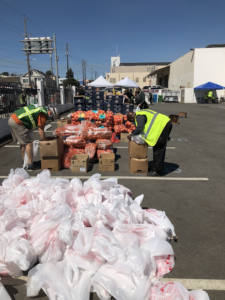 reporting that they did not have enough food in the last two weeks.
reporting that they did not have enough food in the last two weeks.
Share